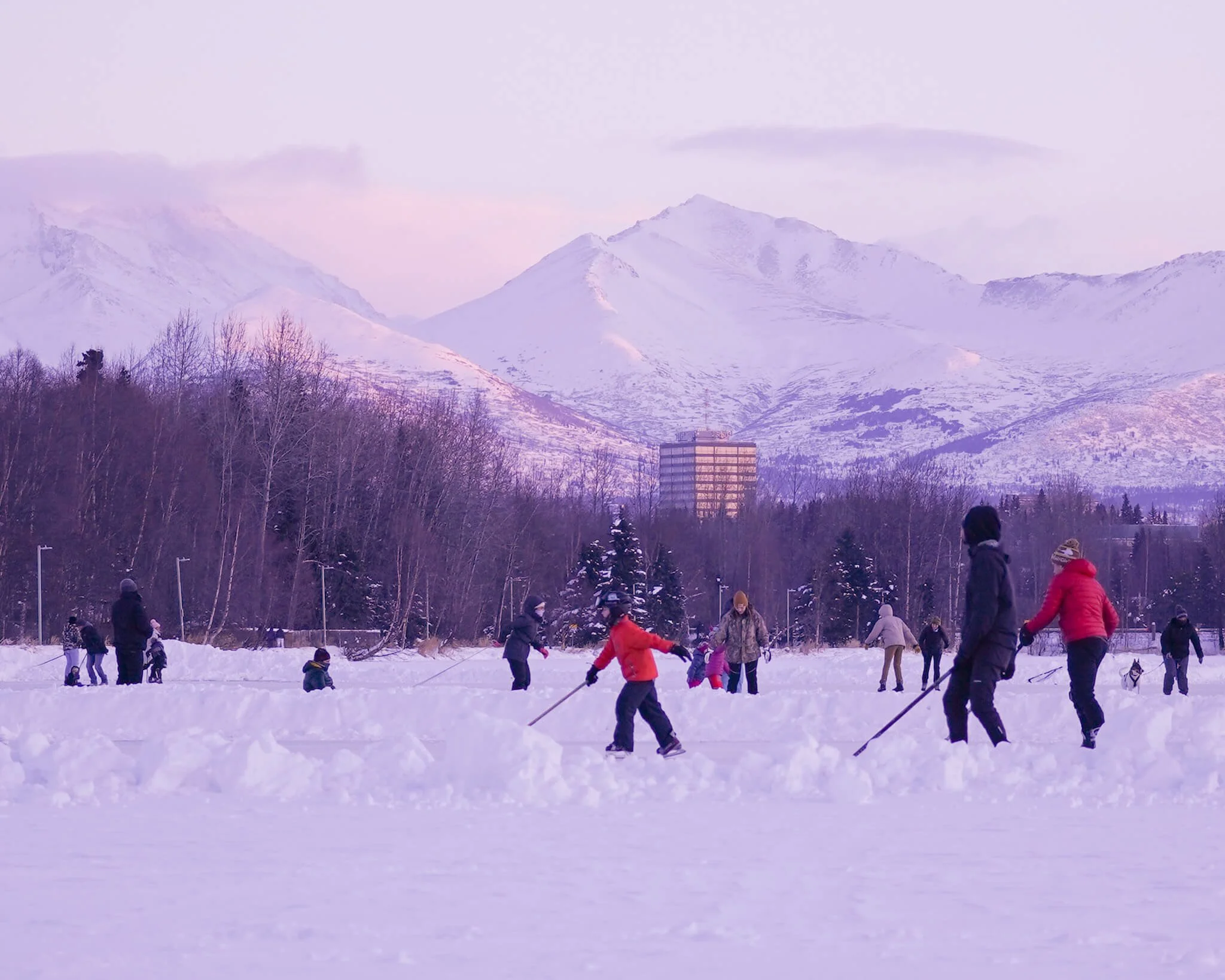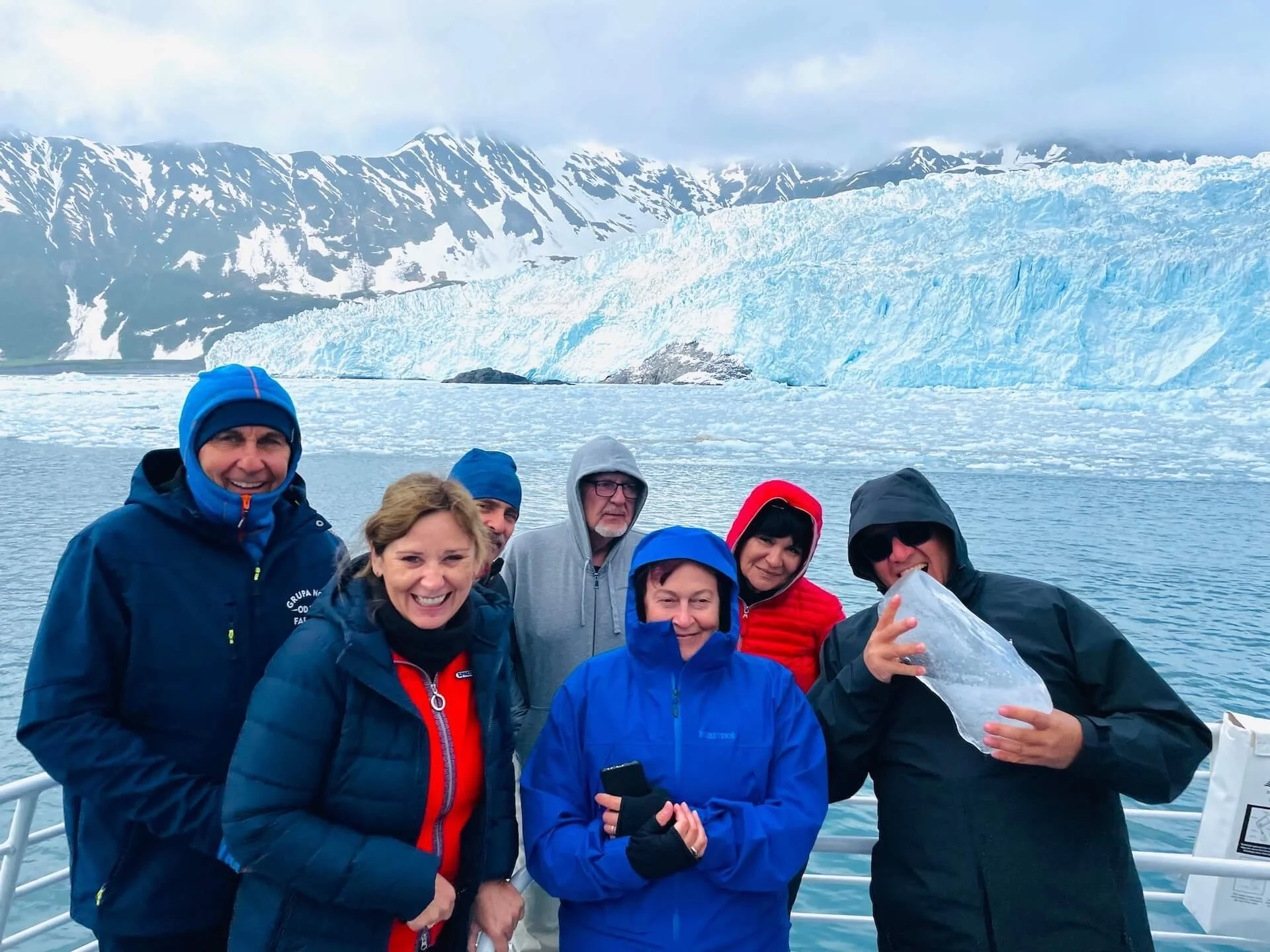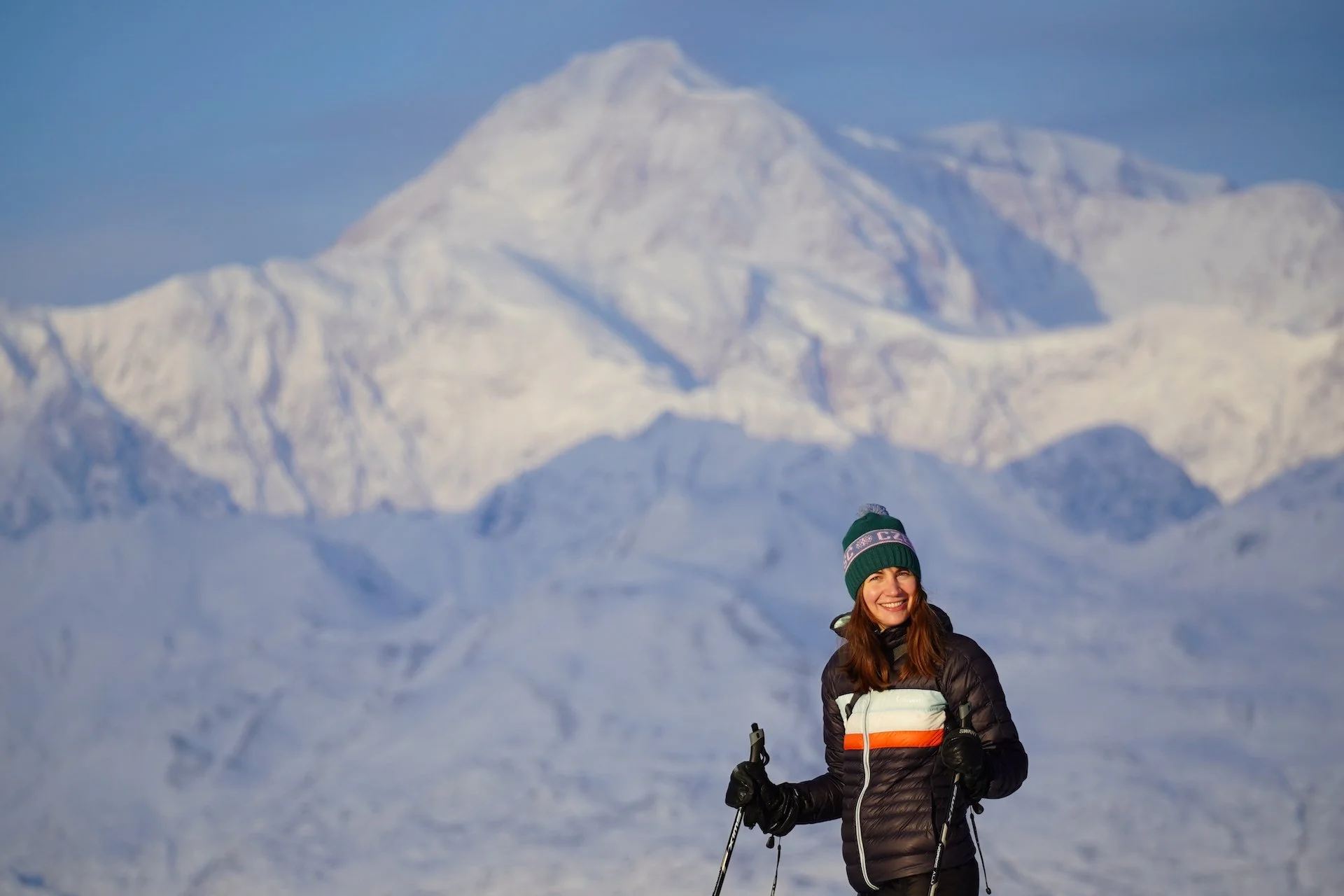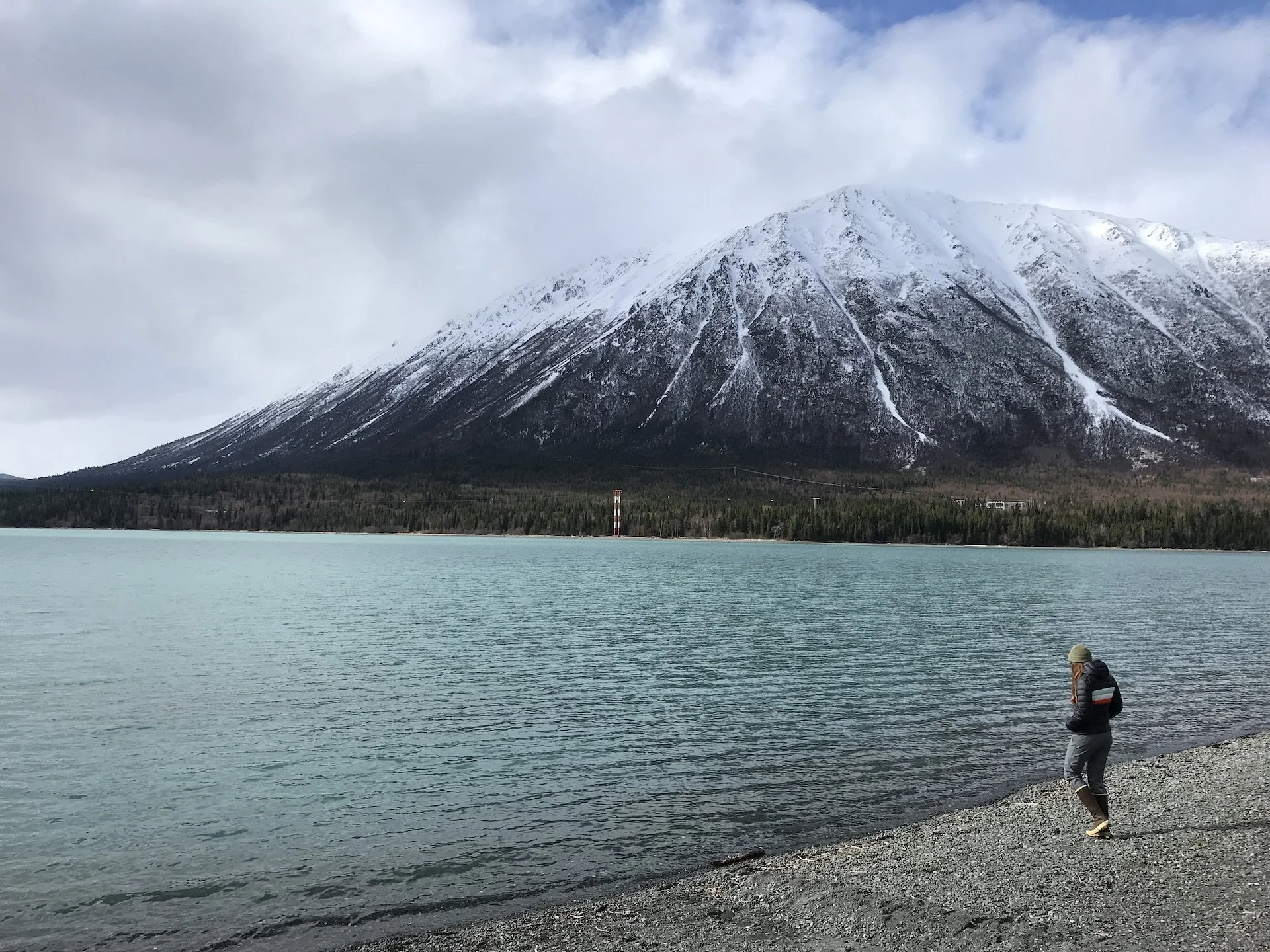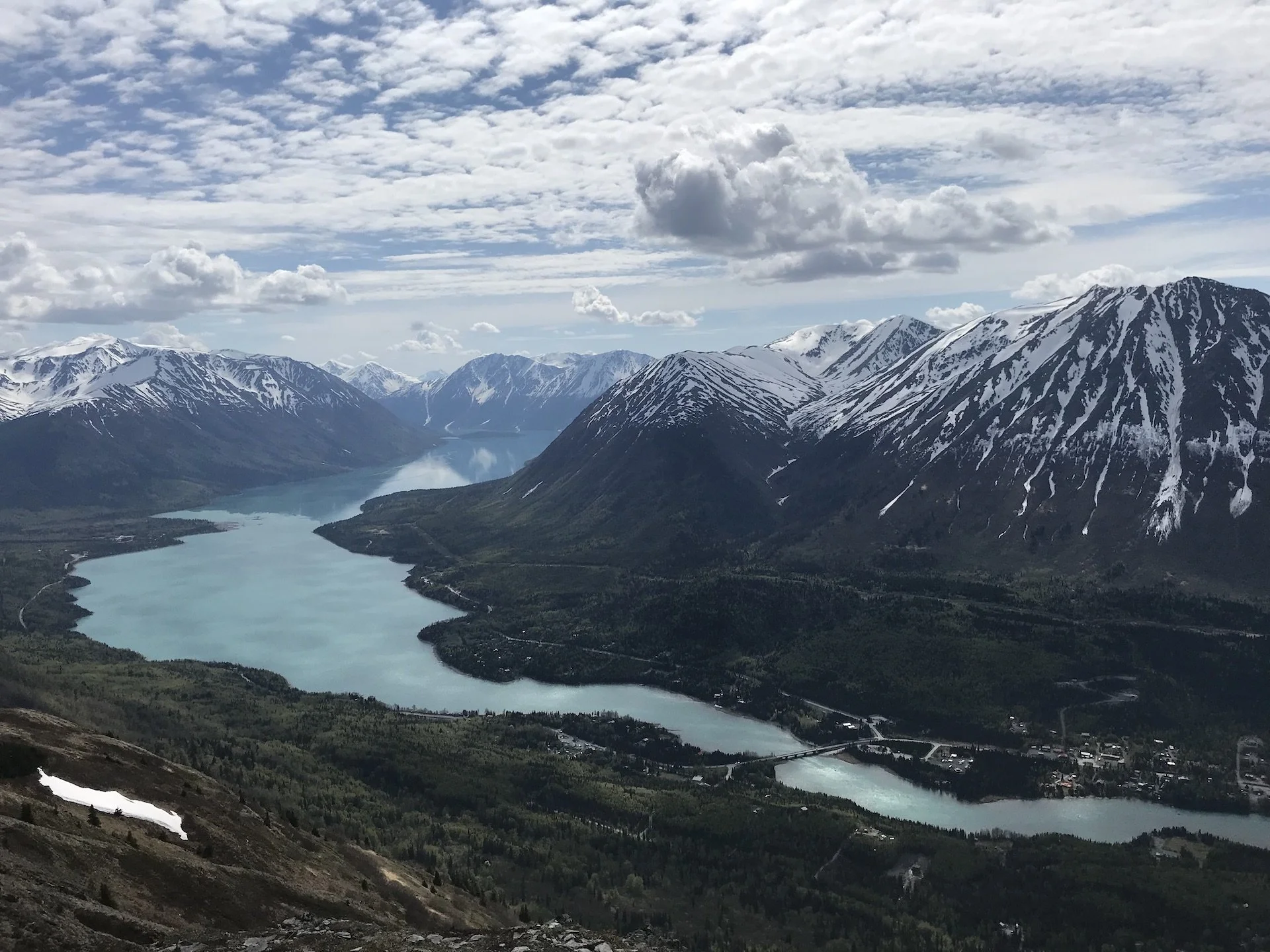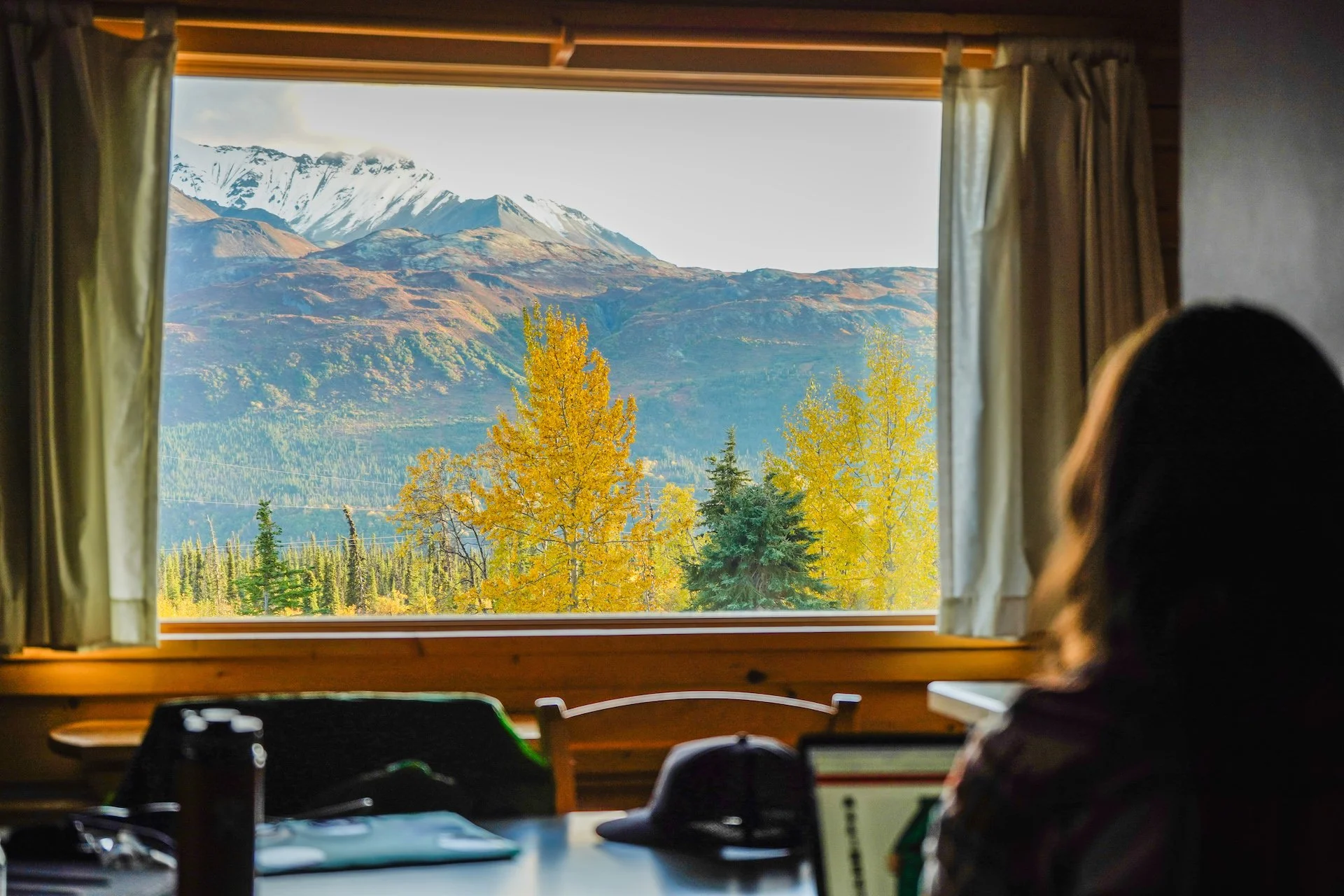Best Time to Visit Alaska: Seasonal Travel Guide for 2026
The Best Time to Visit Alaska – Plan Your Perfect Adventure
Alaska is the land of legends—some true, some exaggerated. Yes, our winters can be harsh. Yes, summer days are almost endless. Yes, climate change is affecting our state in unexpected ways. But despite these extremes, life in Alaska is undeniably amazing—and visiting at any time of year has its rewards.
In this guide, you’ll discover what to expect in each season and get local tips to help plan your perfect Alaskan adventure. Remember: the best time to visit Alaska is whenever you can make it here!
Taking in the views in Denali
Understanding Alaska’s Climate
Alaska is massive—the largest state in the U.S., twice the size of Texas. If it were a country, it would rank 33rd in the world by size. With such vastness comes incredible variety in climate:
Southeast Alaska: Rainy winters, milder summers
Southcentral Alaska: Heavy snowfall in winter, warm summers
Interior Alaska: Hot summer days, bitterly cold winters
North Slope: Rarely warmer than 40°F even in summer
For simplicity, this guide focuses on Southcentral Alaska, including Anchorage, the Kenai Peninsula, and some of the state’s most scenic drives—perfect for visitors traveling by car or train.
Alaska’s weather is unpredictable. Hot, dry stretches can be followed by days of rain, while winter snow levels can be unexpectedly low or heavy. Despite the variability, every season offers something special for visitors.
Families skating on Westchester Lagoon in Anchorage
Summer in Alaska (June - August)
Summer is the peak travel season and the most popular time for first-time visitors. Wildlife is active, hiking trails are clear, and Alaska’s natural beauty is in full bloom. Top summer activities include:
Whale watching
Exploring Denali National Park
Weather: Summer temperatures typically range from the 50s to 60s, though sunshine can make it feel warmer. Locals wear T-shirts and shorts, but visitors should bring layers: a light down jacket for cooler evenings, a rain jacket for wet days, and versatile clothing for outdoor activities.
Tips:
Book accommodations and tours well in advance—summer is the busiest season.
May can be an excellent shoulder-season option with fewer crowds, lower prices, and drier conditions, though snow may linger on higher trails.
Each summer month in Alaska is very different. You can read more about specific months in our other articles:
Winter in Alaska (December - March)
Alaskan winters are cold and snowy, especially in Southcentral Alaska. Expect:
Temperatures regularly below 0°F in Interior Alaska
Snow-heavy months perfect for winter sports
Winter offers magical experiences for adventurous travelers:
Dog sledding
Skiing and snowboarding
Snowshoeing and fat biking
Local Tip: February and early March offer snowy landscapes and increasing daylight hours—perfect for a truly magical winter adventure. Festivals like Fur Rendezvous add local charm.
Read more about why you should visit Alaska in the winter.
Spring in Alaska (April - May)
Spring is brief and transitional. Snow melts quickly in cities but may linger on hiking trails. Visitors will enjoy:
Fewer crowds
Longer daylight hours
Early preparation for summer adventures
Tips: Rain boots are essential for muddy trails. Most summer activities may not yet be available, but spring offers a quieter, more reflective experience of Alaska.
Autumn in Alaska (September - October)
Autumn is short but stunning. Key highlights include:
Vibrant fall foliage, peaking in mid-September
First mountain snow (Termination Dust)
Cooler temperatures with crisp days
Tips:
Great time for photographers and travelers seeking beauty without summer crowds
Roads are clear, allowing self-guided northern lights viewing
Rain jackets and boots are recommended
Choosing the Best Time to Visit Alaska
While Alaska is beautiful year-round, each season offers different perks:
Summer (June–August): Best for hiking, wildlife, and outdoor adventures
Early Summer (May–June): Fewer crowds, lower prices, ideal for whale watching
Autumn (September): Golden foliage, early northern lights viewing
Winter (February–March): Snow-filled landscapes, dog sledding, and Aurora Borealis
Ultimately, the best time to visit Alaska is whenever you can go. Each season offers unique experiences, and with a little planning, you can enjoy the state no matter the weather.
Ready to Explore Alaska?
No matter when you visit, Alaska promises adventure, beauty, and memories that last a lifetime. Let us help you plan your trip so you can make the most of your Alaskan experience.


